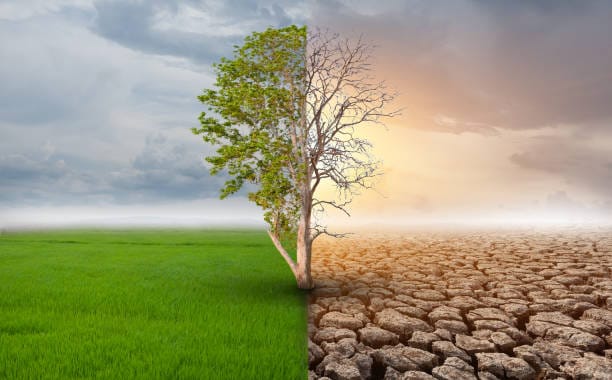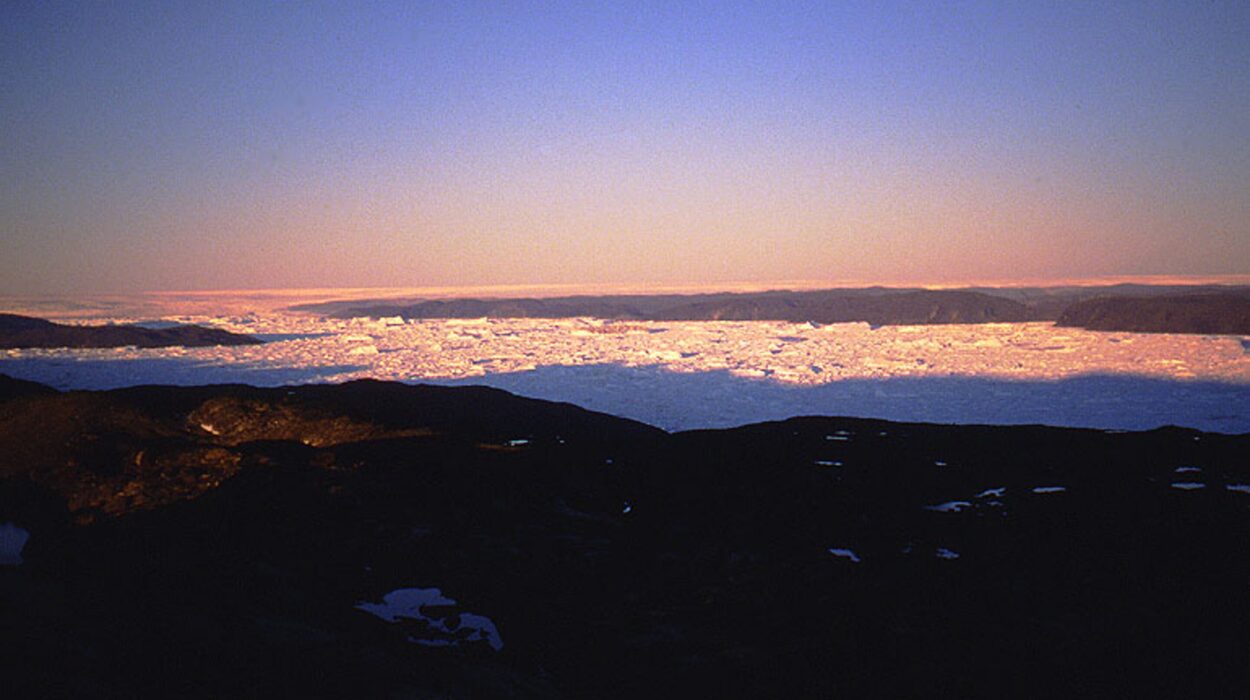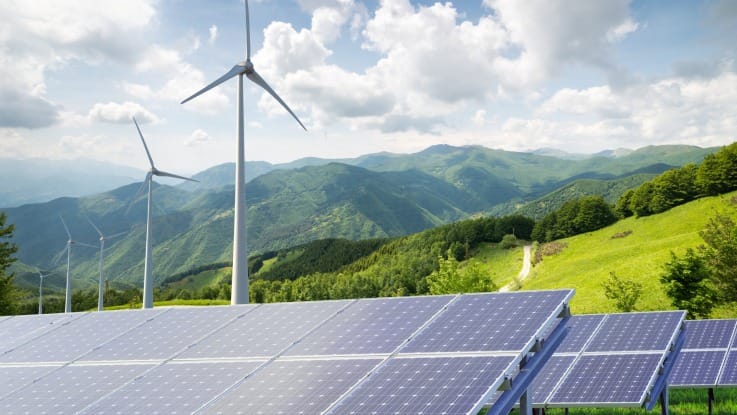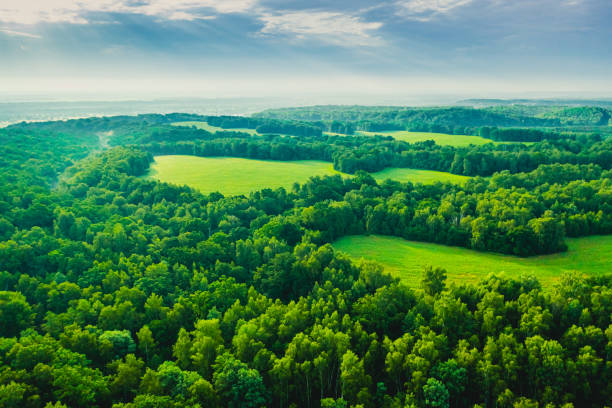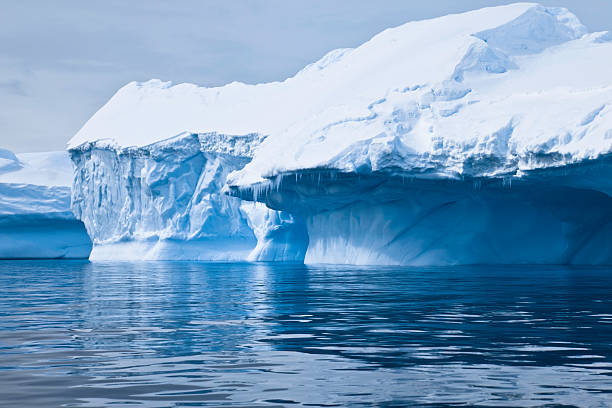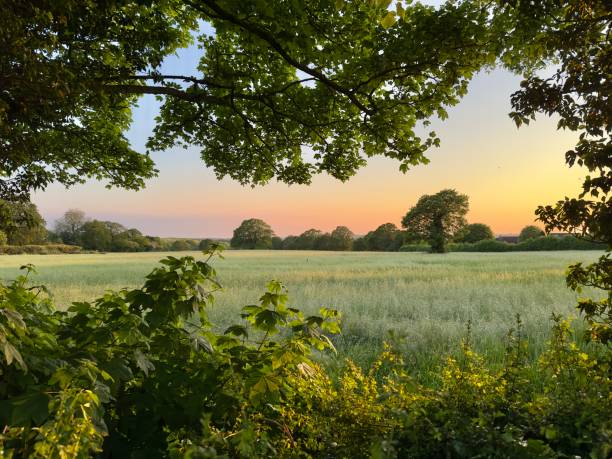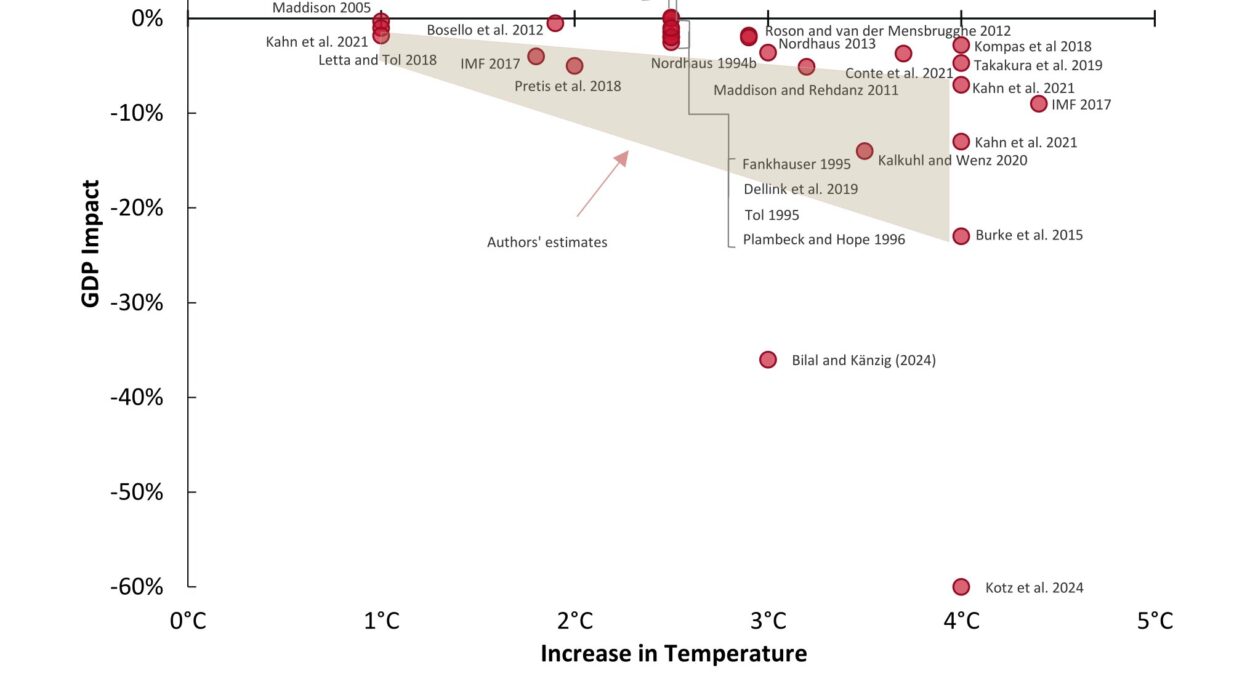Our planet is speaking—and not in whispers, but in roars. Forests once lush now stand as charred skeletons. Ice once eternal now weeps into the sea. Storms rage with unfamiliar ferocity, while heatwaves bend asphalt and human will alike. The signs are no longer subtle. Climate change is not a distant warning—it is the story of our time, unfolding before our eyes.
But what exactly is climate change? Why is it happening? And perhaps most crucially, what can be done?
To understand this global crisis, we must begin with the basics. Climate is not the same as weather. While weather describes day-to-day conditions—sunshine, snow, thunderstorms—climate refers to the long-term average of these patterns. When we speak of climate change, we’re talking about shifts in these averages over decades and centuries. And right now, that shift is accelerating.
The Heat Trap: How Human Activity Warms the Earth
At the heart of climate change is a deceptively simple mechanism—the greenhouse effect. Like the glass of a greenhouse, certain gases in Earth’s atmosphere trap heat. Sunlight enters the atmosphere and warms the planet, but some of that heat radiates back toward space. Greenhouse gases—primarily carbon dioxide (CO₂), methane (CH₄), and nitrous oxide (N₂O)—absorb this outgoing heat and re-emit it in all directions, keeping the planet comfortably warm.
Without this natural effect, Earth would be a frozen, lifeless rock. But too much of a good thing can be catastrophic.
Since the dawn of the Industrial Revolution, humanity has been pouring vast amounts of greenhouse gases into the atmosphere. The primary culprit? Burning fossil fuels—coal, oil, and natural gas. Every factory puff, every car exhaust, every power plant chimney adds more CO₂ to the air. And carbon dioxide lingers—persisting for hundreds to thousands of years.
But CO₂ isn’t alone. Methane, though less abundant, is over 25 times more effective at trapping heat over a 100-year period. It leaks from natural gas infrastructure, bubbles up from livestock waste, and escapes from thawing permafrost. Nitrous oxide, released by fertilizers and industrial activities, also plays a significant role.
The result is a thickening atmospheric blanket, turning Earth into a heat trap from which there is no escape.
A Planet Out of Balance
The consequences of this warming are both subtle and severe. Global average temperatures have risen by more than 1.2°C (2.2°F) since pre-industrial times. That may sound small, but the planet’s climate system is delicately balanced, and even slight perturbations ripple outward with profound effects.
Oceans, which absorb 90% of excess heat, are warming rapidly, altering currents and destabilizing marine ecosystems. Coral reefs, some of the most diverse habitats on Earth, are bleaching en masse and dying. Melting glaciers and ice sheets in Greenland and Antarctica are adding freshwater to oceans, raising sea levels and threatening coastal cities with inundation.
The Arctic, once a realm of enduring ice, is now warming nearly four times faster than the global average. Ice that took centuries to form vanishes in mere decades. As reflective ice gives way to dark ocean water, which absorbs more heat, a vicious feedback loop accelerates the thaw.
Meanwhile, shifting rainfall patterns threaten agriculture. Some regions experience severe droughts while others are deluged with unprecedented floods. Crops fail. Freshwater becomes scarce. Food security teeters.
Species are caught in the chaos. Many are unable to adapt or migrate fast enough. The sixth mass extinction is not a theory—it’s underway, driven in part by a rapidly changing climate.
Human Costs: From Cities to Silent Villages
The effects of climate change are not confined to distant glaciers or uninhabited forests. They ripple through human society in deeply personal ways.
Heatwaves, once rare, now stretch for weeks, claiming lives in cities where asphalt and concrete create deadly urban heat islands. In 2021, a heat dome over the Pacific Northwest killed hundreds and shattered records in places that never expected such temperatures.
Wildfires, stoked by heat and drought, burn longer and fiercer than ever before. California, Australia, Canada—all have witnessed infernos that devour homes, towns, and entire landscapes, leaving behind trauma and toxic air.
Rising seas are already forcing relocations. In island nations like Tuvalu and the Maldives, saltwater seeps into farmland and freshwater wells, rendering them unusable. Entire communities face a wrenching reality: their homeland may vanish beneath the waves.
In some places, climate change is a threat multiplier. In Syria, prolonged droughts exacerbated by warming contributed to economic collapse and mass migration—factors that helped ignite civil war. In Central America, farmers driven off their land by erratic weather form part of the growing tide of climate refugees.
And while the rich can often insulate themselves from the worst effects—air conditioning, insurance, relocation—the poor, especially in the Global South, bear the heaviest burdens. Climate change, then, is not just an environmental crisis. It is a crisis of justice.
The Science is Clear—And Urgent
In 2021 and again in 2023, the Intergovernmental Panel on Climate Change (IPCC), a body of the world’s top climate scientists, released landmark reports with a clear message: the window to avoid catastrophic warming is closing fast.
The report concludes that to limit warming to 1.5°C—a threshold beyond which impacts become far more dangerous—global greenhouse gas emissions must be cut in half by 2030 and reach net zero by 2050.
This means rethinking how we power our homes, fuel our cars, grow our food, build our cities, and run our economies. It means moving away from fossil fuels at an unprecedented pace and embracing a future powered by renewables.
Every fraction of a degree matters. The difference between 1.5°C and 2°C is not academic—it’s measured in lives lost, homes flooded, species extinct, and futures denied.
Rewriting the Energy Script
The good news? We already have many of the tools we need.
Renewable energy—especially solar and wind—has plummeted in cost. In many parts of the world, it’s now cheaper to build new renewable energy projects than to operate existing coal plants. Batteries are improving, enabling us to store solar power even when the sun isn’t shining. Electric vehicles are gaining ground. Smart grids, efficient appliances, and building retrofits can reduce demand.
Globally, investment in clean energy has surged, surpassing fossil fuel investment for the first time in 2023. Some nations, like Denmark and Costa Rica, are already powering large portions of their economy on renewables.
But energy is only part of the picture. Agriculture and land use also play a huge role. Livestock farming, for example, produces vast quantities of methane. Deforestation releases stored carbon and removes the trees that would otherwise absorb it. A shift toward more plant-based diets, regenerative farming, and reforestation can all help rebalance Earth’s carbon budget.
Industrial processes—from cement to steel to plastics—must also be reimagined. And emerging technologies, like direct air capture and green hydrogen, could be game-changers—if deployed responsibly and at scale.
Policy, Politics, and the Path Ahead
Technology alone won’t save us. Policies must pave the way.
The 2015 Paris Agreement marked a historic turning point. Nearly every nation on Earth agreed to work toward limiting global warming to well below 2°C, with aspirations for 1.5°C. But pledges are not enough. They must be backed by action.
Carbon pricing—whether through taxes or cap-and-trade systems—can internalize the environmental cost of emissions. Subsidy shifts from fossil fuels to renewables can accelerate the energy transition. Regulations can phase out the most polluting vehicles, appliances, and fuels.
Yet progress is uneven. While some countries have embraced climate action, others lag behind, hampered by politics, industry lobbying, or lack of resources. Global coordination remains difficult in a world fractured by nationalism, inequality, and mistrust.
Still, hope persists in the form of movements—grassroots, youth-led, science-informed. From Greta Thunberg’s school strike to the rise of Extinction Rebellion and Fridays for Future, people are demanding that leaders listen to the science and act with urgency.
A Climate of Innovation and Opportunity
Climate change is a threat—but also an invitation. It calls us to imagine a different future: one of cleaner air, healthier communities, restored forests, and thriving ecosystems.
Innovation is exploding. Cities are redesigning streets for bikes and pedestrians. Architects are building with carbon-negative materials. Farmers are adopting precision agriculture. Young entrepreneurs are launching climate startups. Artists, poets, and storytellers are reshaping the narrative from despair to determination.
Even corporations, once part of the problem, are beginning to pivot. Investors now weigh climate risk. Boards discuss ESG (Environmental, Social, Governance) strategies. Carbon disclosure is becoming the norm.
And as the costs of inaction become clearer—from billion-dollar disasters to insurance collapses—the case for transition is not just moral or environmental. It’s economic.
The Moral Compass of a Warming World
Ultimately, the fight against climate change is not just about saving the planet. Earth will endure. It’s about protecting the intricate web of life we depend on—and the civilization we’ve built.
It is a question of values. What do we owe future generations? How do we treat the vulnerable among us? Can we rise above self-interest and act as stewards of a shared world?
The answers lie not in technology or treaties alone, but in the human heart. In empathy. In vision. In the courage to change.
The Choice We Still Have
We stand at a fork in the road. One path leads to rising seas, worsening storms, failed crops, and deepening inequalities. The other leads to resilience, regeneration, and renewal.
Climate change is not an unstoppable force. It is a challenge—daunting but solvable. The science is clear. The solutions exist. The time is now.
The world we pass on is being shaped by the choices we make today.
Let them be wise.
